Putin announces mass production of new hypersonic missile Oreshnik
- Update Time : Sunday, November 24, 2024
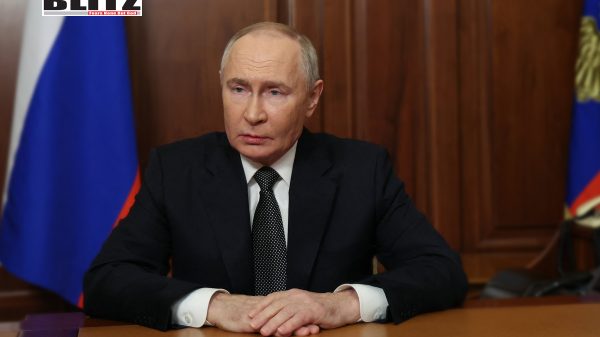
Russian President Vladimir Putin has announced the commencement of mass production for the Oreshnik ballistic missile system, marking a significant milestone in Russia’s ongoing military modernization efforts. The announcement follows the first combat use of the advanced hypersonic weapon in Ukraine, a move that underscores Russia’s commitment to bolstering its strategic and tactical capabilities amid escalating tensions in the region.
Speaking at a Kremlin meeting with senior defense officials and representatives of the defense industry, Putin emphasized that the Oreshnik missile system represents a groundbreaking advancement in military technology. Unlike earlier missile systems derived from Soviet-era designs, the Oreshnik is a wholly new development, utilizing cutting-edge hypersonic technology and modern materials.
“This is the result of work done in the conditions of New Russia,” Putin stated, underscoring the weapon’s design as a response to the contemporary demands of national defense. The president’s remarks reflect Russia’s broader strategy of positioning itself as a global leader in missile technology, a field that has become increasingly important in the modern theater of war.
The Oreshnik missile was deployed for the first time in combat on November 21, targeting the Yuzhmash defense facility in Dnepropetrovsk, Ukraine. This site, a legacy of Soviet-era military-industrial infrastructure, has been a key hub for the production of missile equipment and other defense systems in Ukraine.
The strike, described by the Russian Ministry of Defense as a precise and effective operation, reportedly resulted in all missile warheads reaching their intended targets. This successful deployment was framed by Moscow as a direct response to Ukraine’s recent use of Western-supplied long-range weapons, including the American ATACMS and British Storm Shadow missiles.
Putin justified the use of the Oreshnik system as a necessary step to counteract what he characterized as an escalation by Kyiv and its Western allies. “We had no choice but to respond proportionately to the threats posed to our national security,” he said.
The introduction of the Oreshnik missile system into Russia’s arsenal signals a strategic shift in its approach to modern warfare. The medium-range, hypersonic weapon is designed for high-precision strikes, offering an advantage over conventional missile systems in terms of speed, accuracy, and the ability to evade advanced air defense systems.
Russia’s focus on hypersonic technology reflects broader trends in military innovation, where speed and precision are increasingly prioritized over sheer destructive power. The successful combat use of the Oreshnik is likely to raise concerns among NATO member states, particularly given the missile’s potential to target critical infrastructure with minimal warning time.
The announcement of mass production further highlights the Kremlin’s intent to integrate the system rapidly into its Strategic Missile Forces. Putin revealed that several Oreshnik units are already undergoing testing, with the decision to scale up production already implemented. “The decision on production has been made. In fact, it is organized,” he stated, adding that deliveries of the system would begin in the coming months.
Putin’s remarks during the announcement also touched on the symbolic importance of the Oreshnik missile system. By describing it as a product of “New Russia,” the president sought to frame the development as a testament to the country’s resilience and self-reliance in the face of Western sanctions and isolation.
The emphasis on domestic innovation aligns with Moscow’s broader efforts to decouple its defense sector from reliance on foreign technology and components. The Oreshnik, like other recent Russian military advancements, is portrayed as a product of indigenous research and development, aimed at reinforcing the country’s sovereignty in defense manufacturing.
The timing of the Oreshnik missile’s deployment and subsequent production announcement comes amid a period of heightened tensions in the Ukraine conflict. Russia’s use of the advanced weapon is likely intended not only as a tactical move but also as a signal to Kyiv and its Western backers about Moscow’s evolving military capabilities.
Ukraine’s recent acquisition and deployment of long-range precision missiles supplied by the United States and the United Kingdom have shifted the dynamics of the conflict, enabling Kyiv to strike deep into Russian-held territory. By deploying the Oreshnik system, Russia aims to demonstrate its ability to counter these developments and maintain its strategic edge.
However, the introduction of hypersonic weapons into the conflict raises the stakes considerably, as these systems are capable of bypassing most existing air defense technologies. The potential for further escalation, both in terms of the intensity and geographic scope of the conflict, remains a significant concern for the international community.
The deployment and mass production of the Oreshnik missile system have broader implications beyond the Ukraine conflict. As hypersonic weapons become an integral part of modern warfare, their proliferation poses challenges for global security and arms control frameworks.
The speed and maneuverability of hypersonic missiles make them difficult to detect and intercept, potentially destabilizing existing deterrence strategies. For NATO and other Western allies, Russia’s advancements in this field may prompt accelerated investment in counter-hypersonic technologies and further militarization of Eastern Europe.
Additionally, Russia’s focus on hypersonic weapons serves as a signal to other global powers, particularly the United States and China, about its determination to remain at the forefront of military innovation. The competition in this domain is likely to intensify, with major players seeking to develop their own capabilities while attempting to limit the spread of such technology to other nations.
As the Oreshnik missile system enters mass production, its impact on the Ukraine conflict and global military dynamics will become increasingly evident. For Russia, the system represents a significant step forward in its efforts to modernize its armed forces and project power in an era of rapid technological change.
However, the deployment of hypersonic weapons in active conflict zones raises ethical and strategic questions that the international community will need to address. As these advanced systems become more prevalent, the risks of miscalculation and unintended escalation are likely to grow, necessitating renewed dialogue on arms control and conflict prevention.
In the meantime, Putin’s announcement serves as a stark reminder of the evolving nature of warfare and the enduring importance of technological innovation in shaping the balance of power on the global stage. The Oreshnik missile, hailed by the Kremlin as a product of “New Russia,” is set to play a pivotal role in this unfolding narrative.
Please follow Blitz on Google News Channel


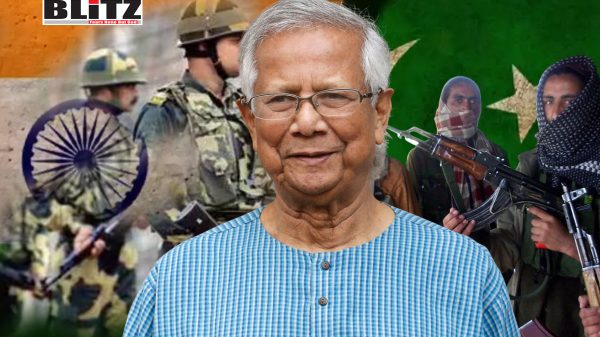

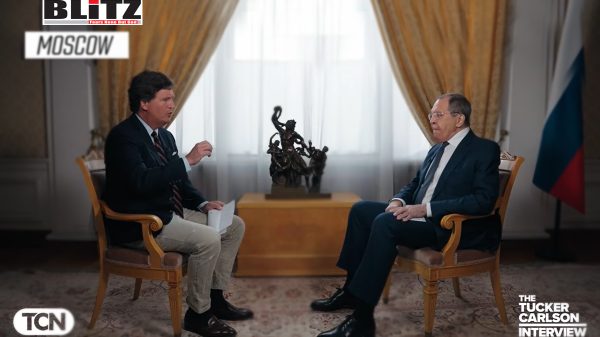
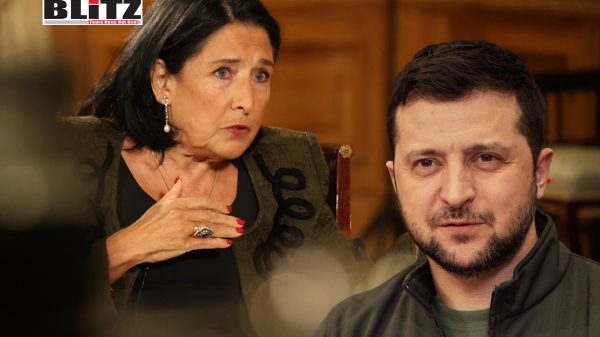



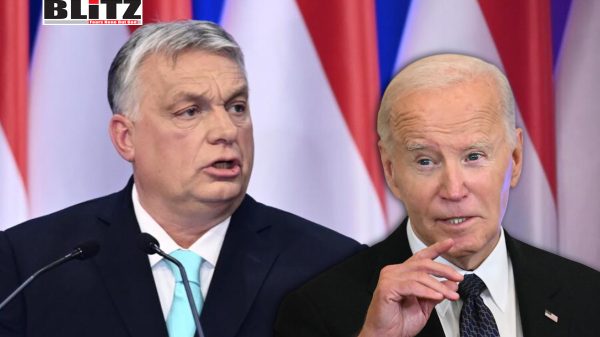

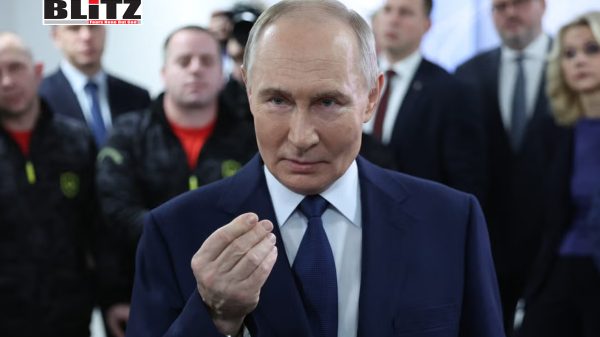


Leave a Reply